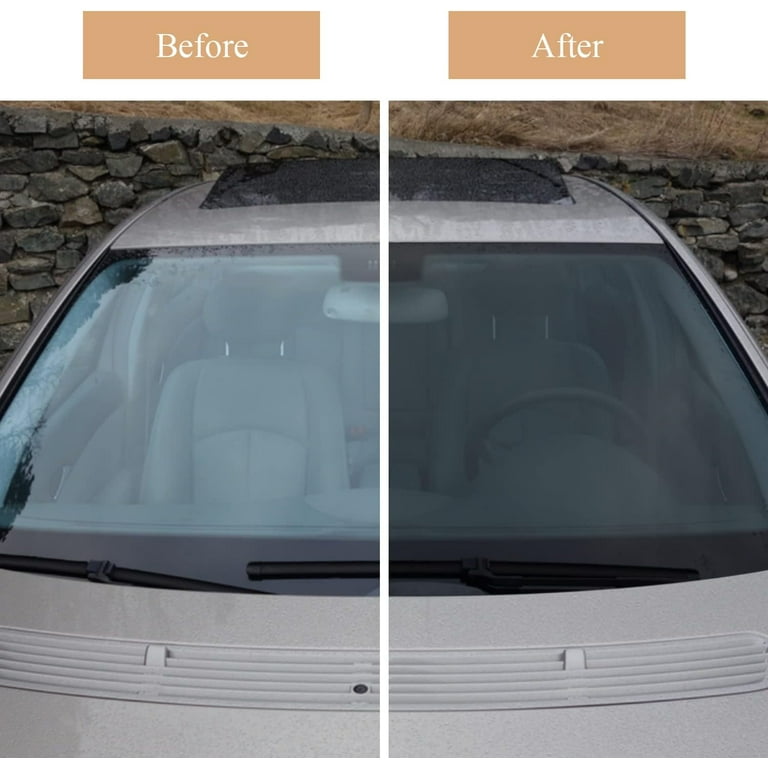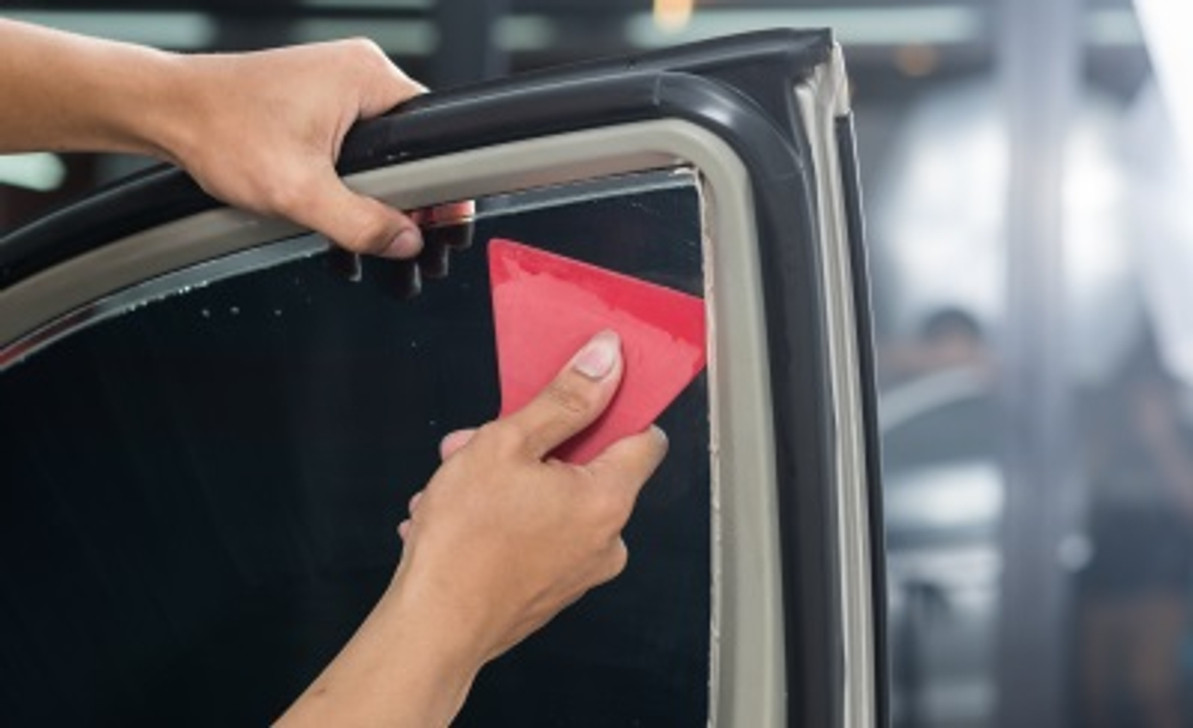Vital Elements to Consider When Deciding On Window Color for Your Automobile
Selecting the right home window tint for your vehicle entails a cautious analysis of a number of critical variables that can substantially impact both legitimacy and functionality. Recognizing local laws relating to Noticeable Light Transmission (VLT) is vital to avoid prospective fines. Moreover, the selection of window colors varies commonly, incorporating options that give varying levels of UV defense and heat denial, each with distinct benefits. In addition, the choice between specialist installment and do it yourself techniques can affect both expense and quality. Each of these elements plays a vital function, however there are still factors to consider that may amaze you.
Lawful Laws and Restrictions

For instance, some states allow darker colors for rear windows while imposing stricter limitations on front home windows. In addition, laws might dictate specific colors or products that can be utilized, prohibiting metallic or reflective tints in specific situations.
It is vital to consider not only the aesthetic wishes but also the functionality and safety implications of window tinting. Lawful constraints frequent place to ensure visibility for both the driver and police. Before installment, automobile owners ought to familiarize themselves with their neighborhood regulations, which can usually be located on state transportation sites or through neighborhood police. Abiding by these regulations will certainly assist guarantee compliance and avoid possible lawful problems.
Sorts Of Home Window Tint
Window color comes in numerous kinds, each developed to meet various needs and choices. The most usual types consist of dyed, metalized, ceramic, and hybrid colors.
Dyed home window tint is popular for its visual appeal, giving a consistent appearance while decreasing glow. It supplies marginal warmth denial and may fade over time. Metalized tint, on the various other hand, incorporates metallic fragments that reflect warm and UV rays, boosting longevity and providing remarkable efficiency. This type can disrupt digital signals, which is an important consideration for those that depend on general practitioner or cell reception.
Ceramic window tint is a premium option, providing exceptional warm denial and UV defense without endangering presence. Its non-metallic construction guarantees that it does not interfere with electronic signals, making it an optimal option for state-of-the-art lorries. Crossbreed colors integrate the benefits of dyed and metalized movies, giving an equilibrium of looks and efficiency.
When choosing a window color, it's critical to take into consideration each kind's qualities and how they align with your details demands for privacy, heat denial, and looks.
UV Security and Heat Rejection
A considerable variable to consider in home window color selection is the degree of UV protection and heat denial it supplies. Selecting a home window tint that supplies high UV protection is necessary for safeguarding both residents and the automobile's products.
In addition to UV security, warm denial is another important facet. Tints geared up home with sophisticated modern technology can reflect and take in solar power, maintaining the vehicle cooler and minimizing dependence on air conditioning. window tinting. This not only improves comfort however can additionally lead to improved fuel effectiveness, specifically in hot climates
When assessing different color choices, seek those with a high Visible Light Transmission (VLT) portion while keeping effective UV and infrared heat being rejected abilities. Products that satisfy these requirements frequently suggest remarkable high quality and efficiency, guaranteeing that your car continues to be a comfy and secure setting. Inevitably, spending in reputable window tint that masters UV protection and heat rejection will certainly yield lasting advantages for both health and wellness and automobile maintenance.
Installment Techniques and Expenses
Selecting the right home window color involves not just recognizing its protective functions but additionally taking into consideration the installment techniques and connected costs. There are largely two installation approaches: specialist installation and do it yourself application. Professional installation generally guarantees a high-grade surface, as experienced professionals guarantee that the color is applied efficiently without bubbles or flaws. This level of proficiency usually comes at a costs, with costs ranging from $200 to $600 relying on the car kind, the window size, and the color quality.
On the various other hand, DIY sets are readily available at a reduced cost factor, usually in between $50 and $150. They need a particular degree of skill and patience, as improper application can lead to disappointing outcomes (window tinting). It's important to follow the manufacturer's directions meticulously and allow ample time for setup
Furthermore, take into consideration the potential prices of eliminating or changing incorrectly installed tint, which can escalate promptly. Inevitably, picking one of the most suitable installation method hinges on stabilizing spending plan restraints with the wish for high quality, toughness, and visual charm of the window color.
Upkeep and Durability
Proper upkeep is crucial for ensuring the longevity of your vehicle's home window color. Routine cleaning and treatment can dramatically influence the look and toughness of the tint - window tinting. It is suggested to wait at the very least a week after installment prior to cleansing the windows to permit the sticky to cure totally
When cleaning colored windows, use a soft microfiber towel and a gentle, ammonia-free cleaner. Rough chemicals can break down the tint, causing peeling i was reading this or staining. Avoid making use of abrasive products, as they can scratch the surface area and compromise the tint's honesty.

Examine your home window color on a regular basis for any indicators of damages, such as bubbling or staining. Early detection permits for timely repairs, maintaining the tint's functionality and visual appeal. By sticking to these maintenance techniques, you can improve the longevity and aesthetic quality of your why not look here automobile's window color, ensuring it continues to be a appealing and useful function for several years to find.
Verdict
In final thought, choosing the appropriate home window tint for an automobile requires careful factor to consider of different aspects, consisting of lawful laws, types of tint offered, and the double benefits of UV protection and heat rejection. Regular upkeep is essential to ensure the longevity of the color.
Picking a home window color that uses high UV security is important for protecting both residents and the vehicle's materials. Inevitably, spending in trustworthy home window color that stands out in UV protection and warmth denial will certainly produce long-term advantages for both wellness and automobile maintenance.
Proper upkeep is crucial for making certain the durability of your car's window color. By adhering to these maintenance techniques, you can improve the longevity and aesthetic high quality of your vehicle's home window color, ensuring it continues to be a useful and appealing feature for years to come.
In verdict, choosing the appropriate home window tint for a lorry necessitates mindful consideration of numerous aspects, including lawful regulations, kinds of color offered, and the twin advantages of UV protection and warm rejection.